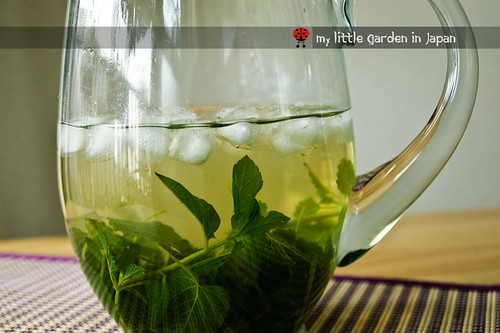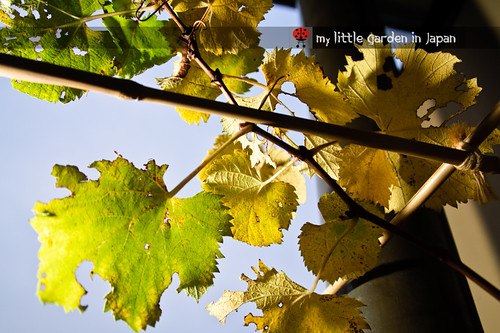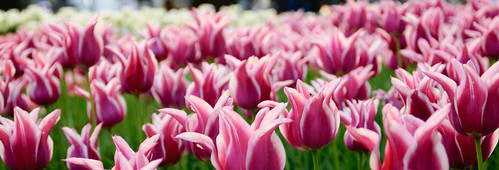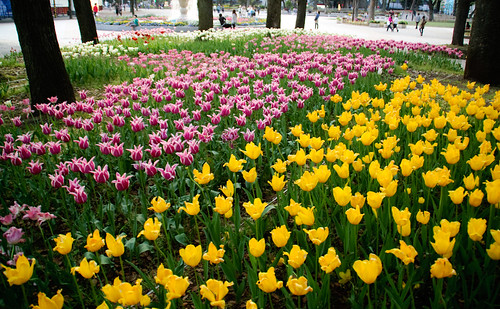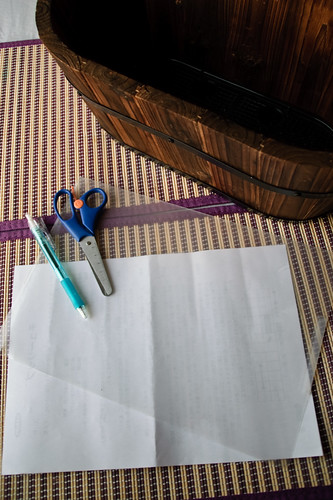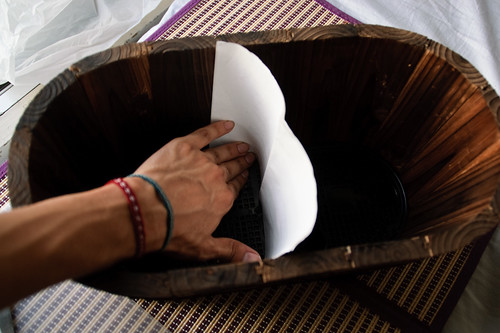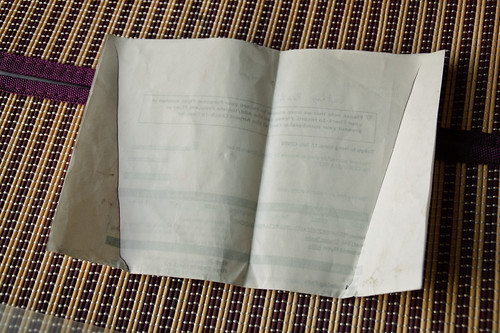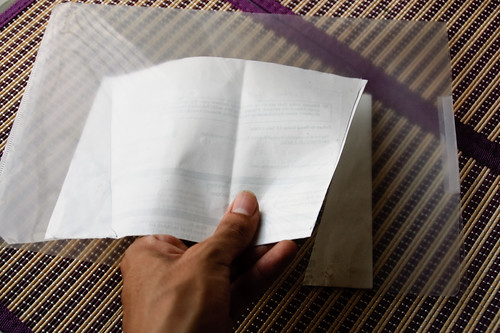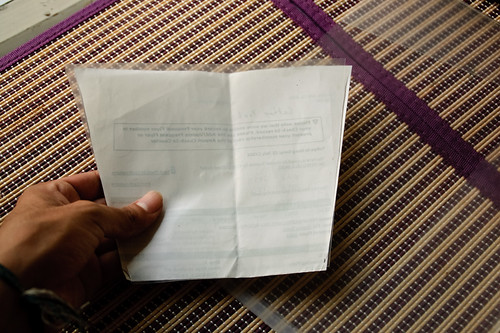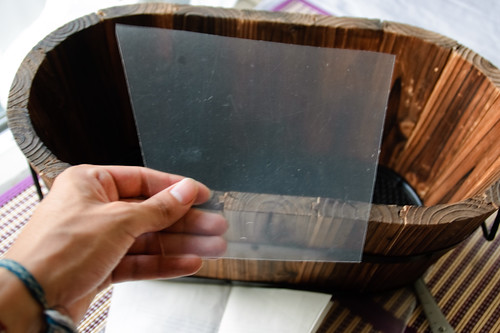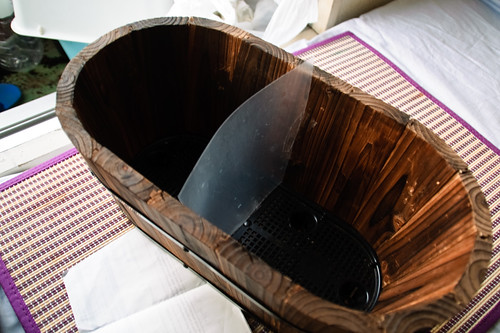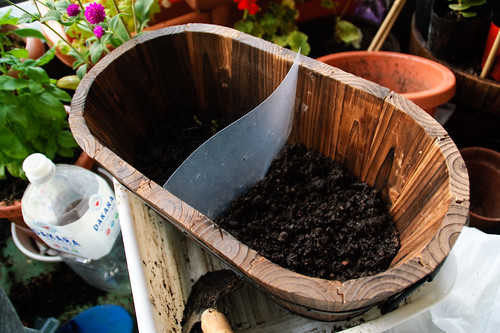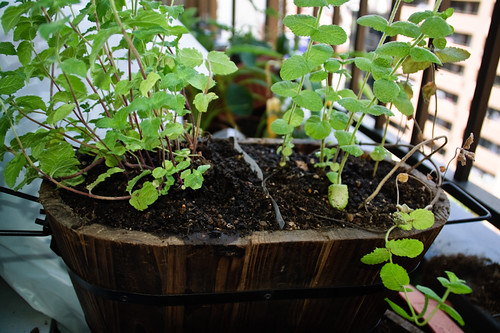The dill in my garden is all gone. In late spring it started to flower a lot and it lost all of its leaves, then it dried and now is just a long stalk in the balcony. To not let it go in vain I picked up all the dead flower heads and tried to harvest the seeds. I got a bunch, enough to plant a new batch and a bit more.
The way I learned to harvest the seeds is very simple.
And that is all, enjoy your dill seeds.
I am not sure if I should grow dill again because, to be honest, I underused it a lot. In all the months that I had it growing in my garden, I think I only used it three or four times. The space on my balcony is very limited, and a the full grown dill was very big, almost my height. So, maybe I should put something different in that pot. But then, growing again might be a good encouragement to start using it more.
I don't know, I guess I will put a couple seeds in a starting pot and let mother nature, if they grow or not.
The way I learned to harvest the seeds is very simple.
- First, you need to wait until the flower heads get a bit dry while they are still on the plant. Just enough to see them mostly brown, but not as much that the seeds will start to fall.
- When they are ready snip off the complete flower branch and get them inside a paper bag heads first.
- Let them be there a week or two until they finish drying and the seeds detach and fall into the paper bag. In case there are still some stubborn ones just give the bag a good shake.
- Afterwards just take away the spent flower heads from the paper bag and all you have left is the seeds
And that is all, enjoy your dill seeds.
I am not sure if I should grow dill again because, to be honest, I underused it a lot. In all the months that I had it growing in my garden, I think I only used it three or four times. The space on my balcony is very limited, and a the full grown dill was very big, almost my height. So, maybe I should put something different in that pot. But then, growing again might be a good encouragement to start using it more.
I don't know, I guess I will put a couple seeds in a starting pot and let mother nature, if they grow or not.






